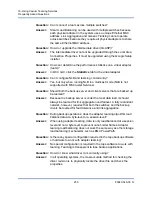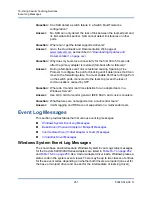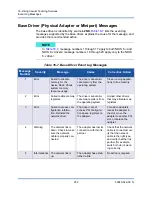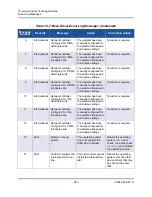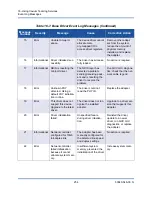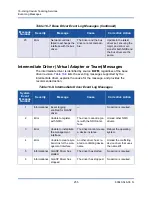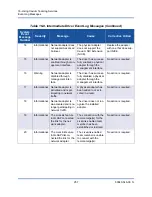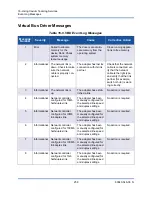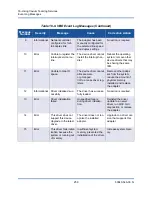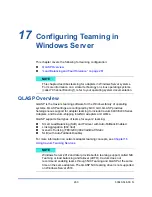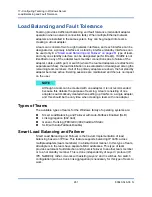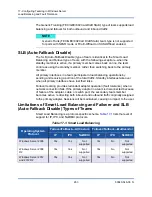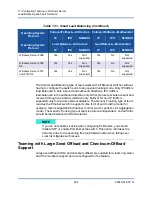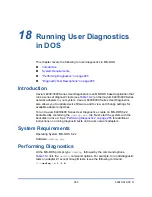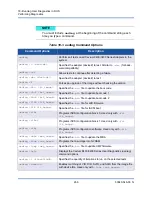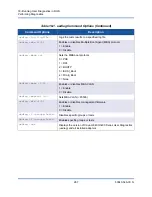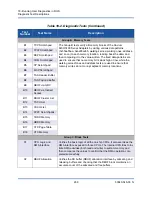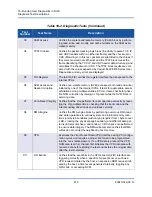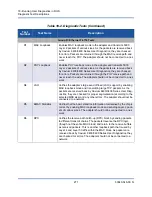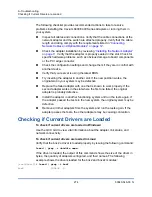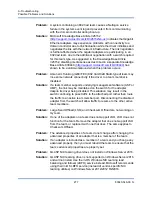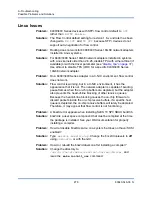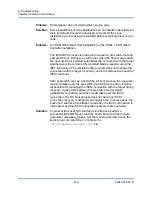
17–Configuring Teaming in Windows Server
Load Balancing and Fault Tolerance
264
83840-546-00 N
The Smart Load Balancing type of team works with all Ethernet switches without
having to configure the switch ports to any special trunking mode. Only IP traffic is
load-balanced in both inbound and outbound directions. IPX traffic is
load-balanced in the outbound direction only. Other protocol packets are sent and
received through one primary interface only. Failover for non-IP traffic is
supported only for Cavium network adapters. The Generic Trunking type of team
requires the Ethernet switch to support some form of port trunking mode (for
example, Cisco's Gigabit EtherChannel or other switch vendor's Link Aggregation
mode). The Generic Trunking type of team is protocol-independent, and all traffic
should be load balanced and fault tolerant.
Teaming with Large Send Offload and Checksum Offload
Support
Large send offload (LSO) and checksum offload are enabled for a team only when
all of the members support and are configured for the feature.
Operating System
Protocol
Load Balance—All Cavium
Load Balance—Multivendor
IP
IPX
NetBEUI
IP
IPX
NetBEUI
Windows Server 2008
Yes
Yes
Not
supported
Yes
No
Not
supported
Windows Server 2008
R2
Yes
Yes
Not
supported
Yes
No
Not
supported
Windows Server 2012
and 2012 R2
Yes
Yes
Not
supported
Yes
No
Not
supported
NOTE
If you do not enable LiveLink when configuring SLB teams, you should
disable STP or enable Port Fast at the switch. This option minimizes the
downtime due to the spanning tree loop determination when failing over.
LiveLink mitigates such issues.
Table 17-1. Smart Load Balancing (Continued)
Operating System
Protocol
Failover/Fallback—All Cavium
Failover/Fallback—Multivendor
IP
IPX
NetBEUI
IP
IPX
NetBEUI

